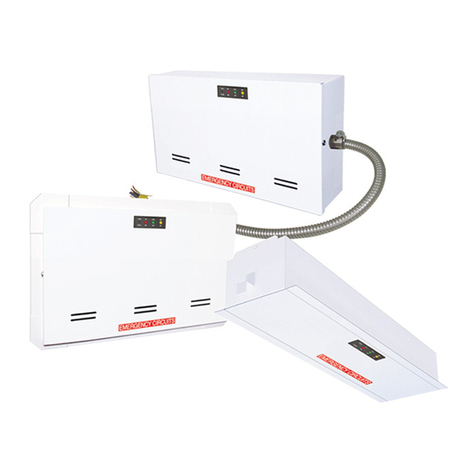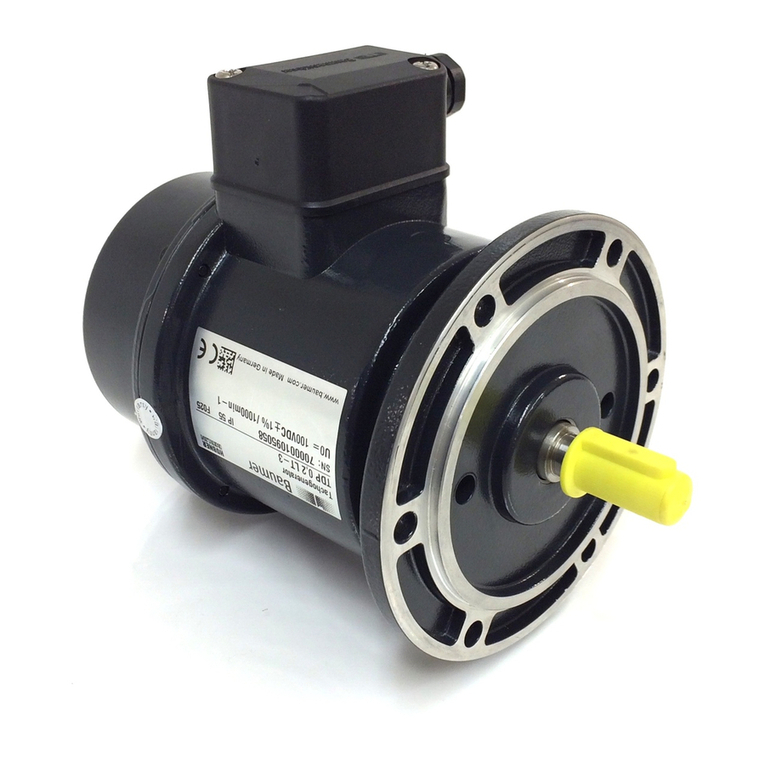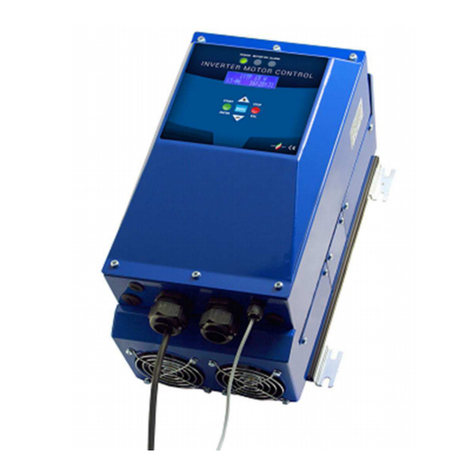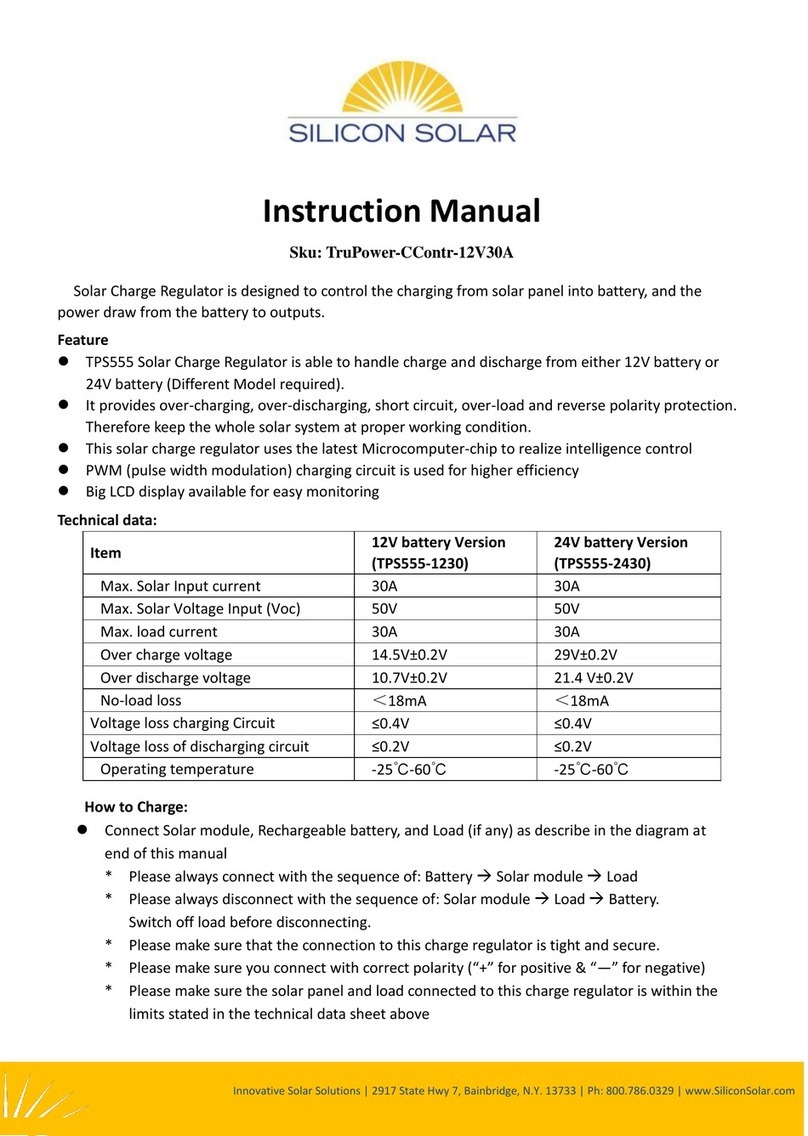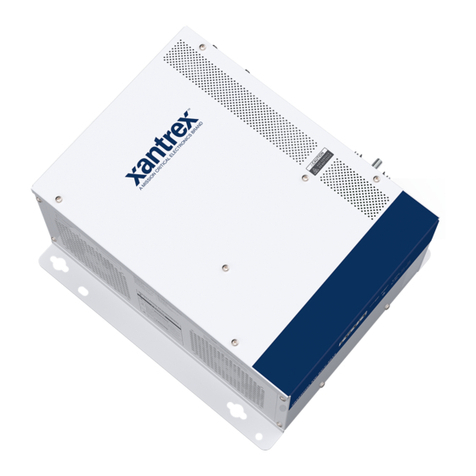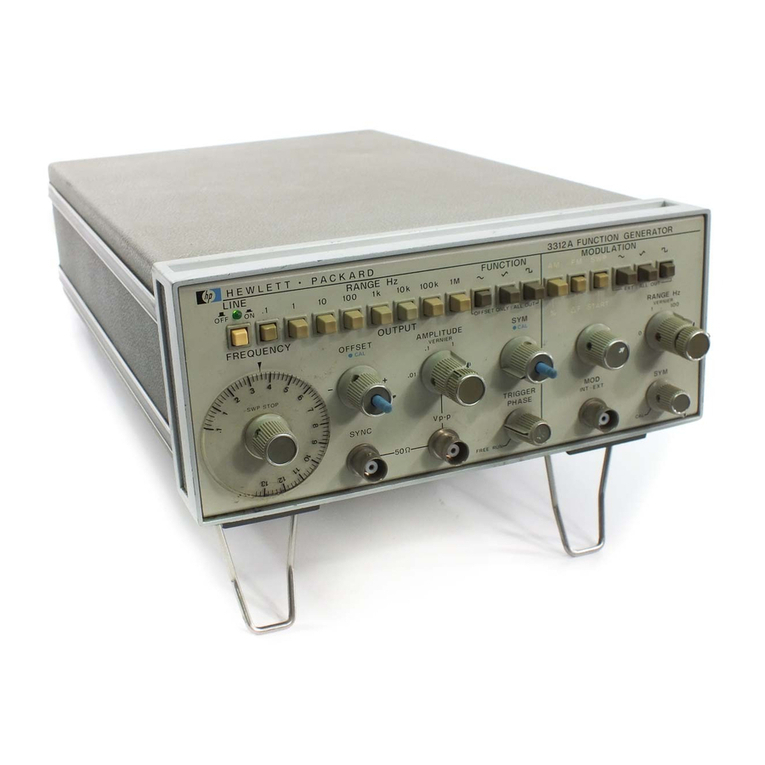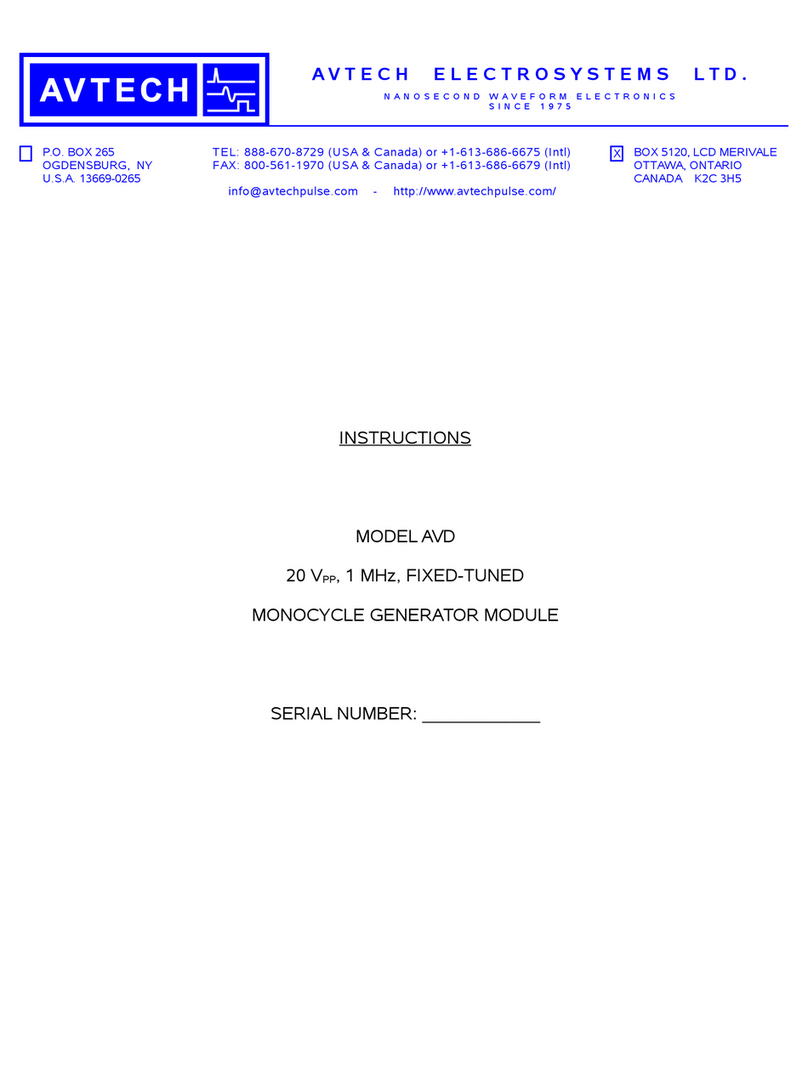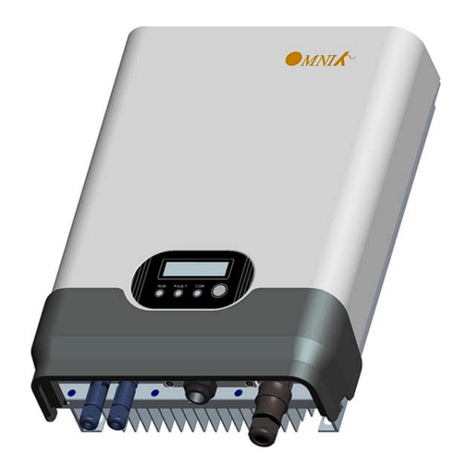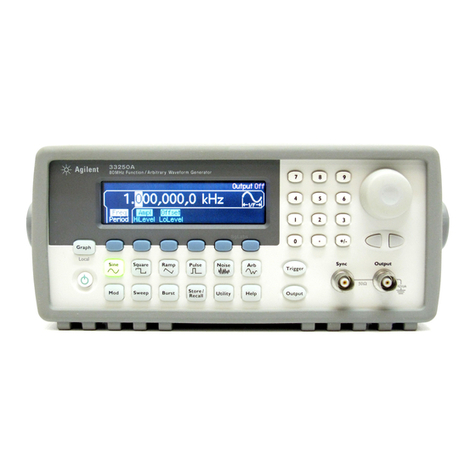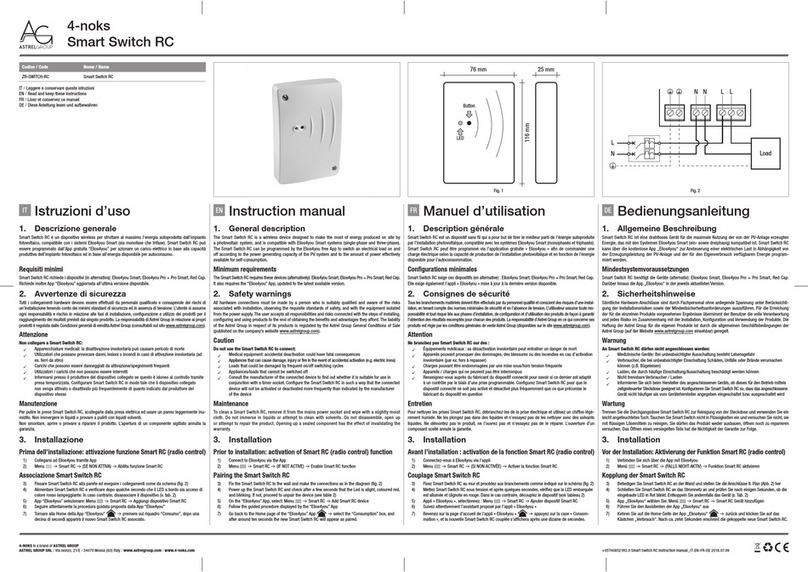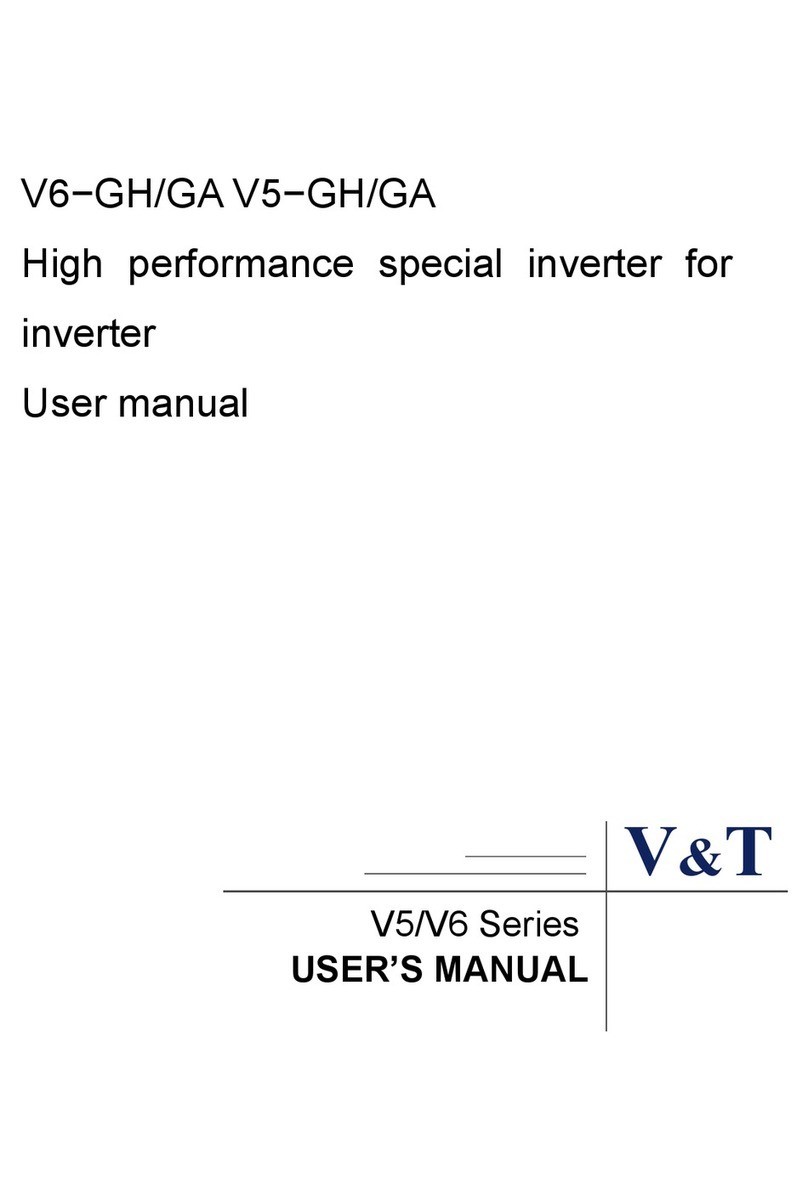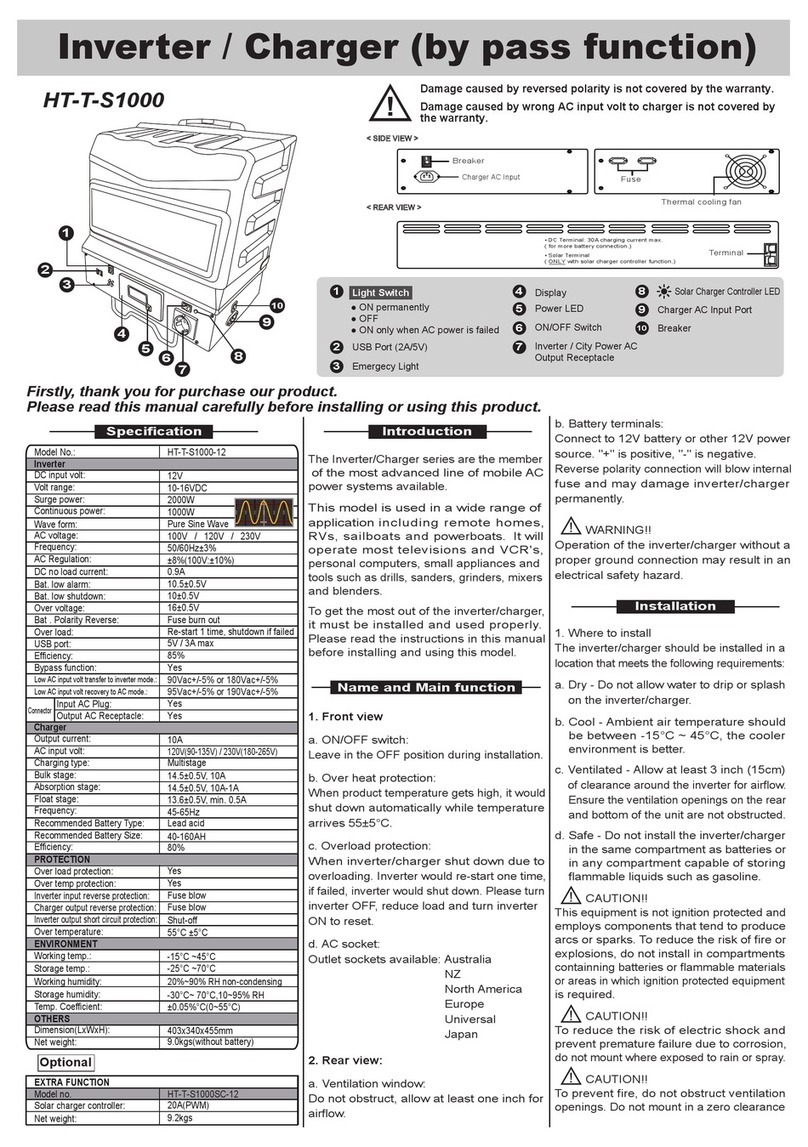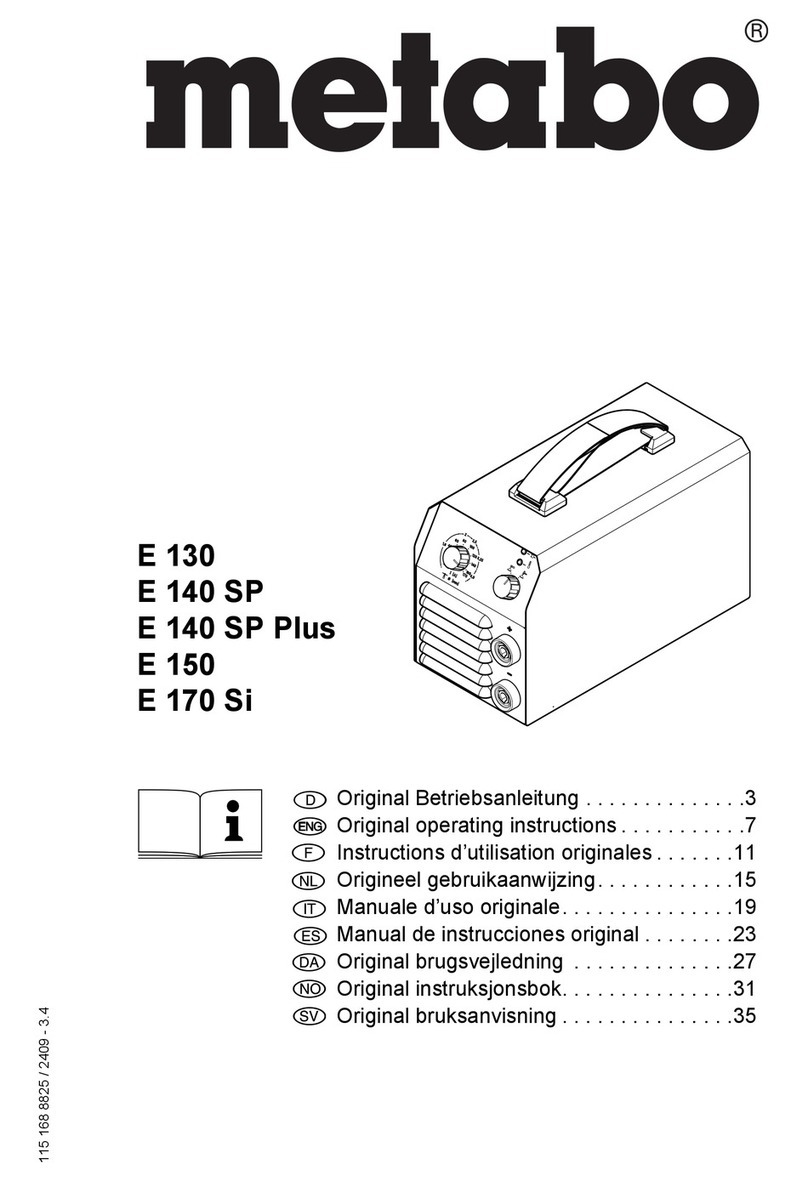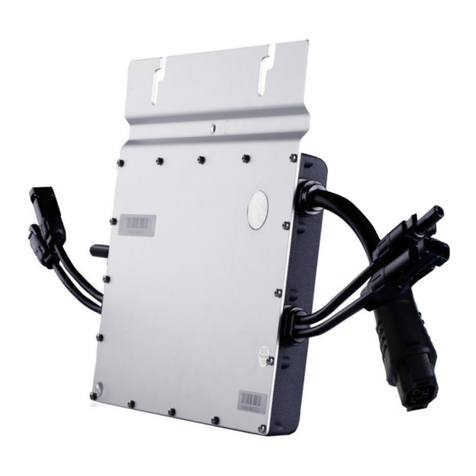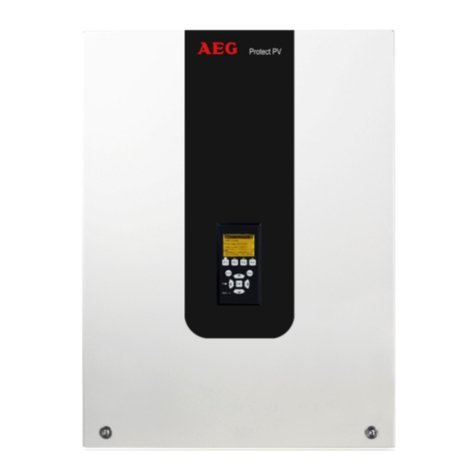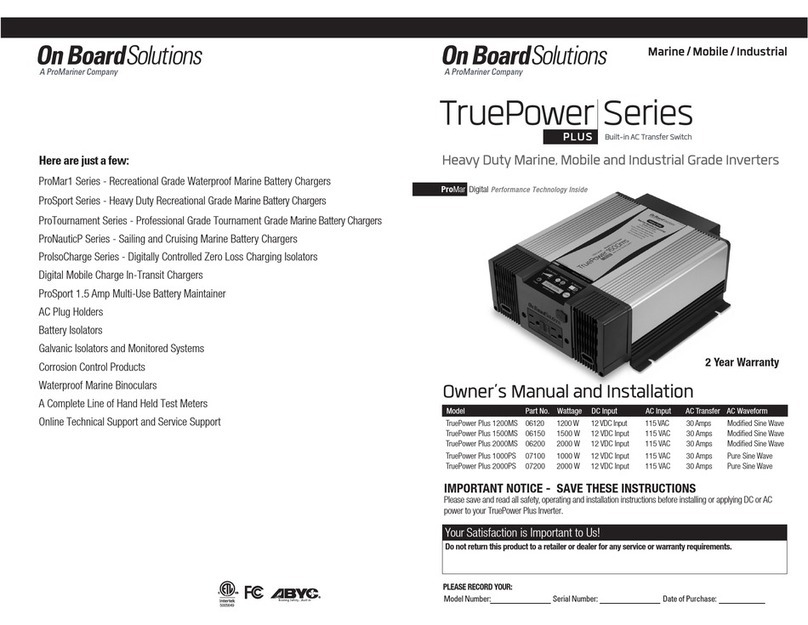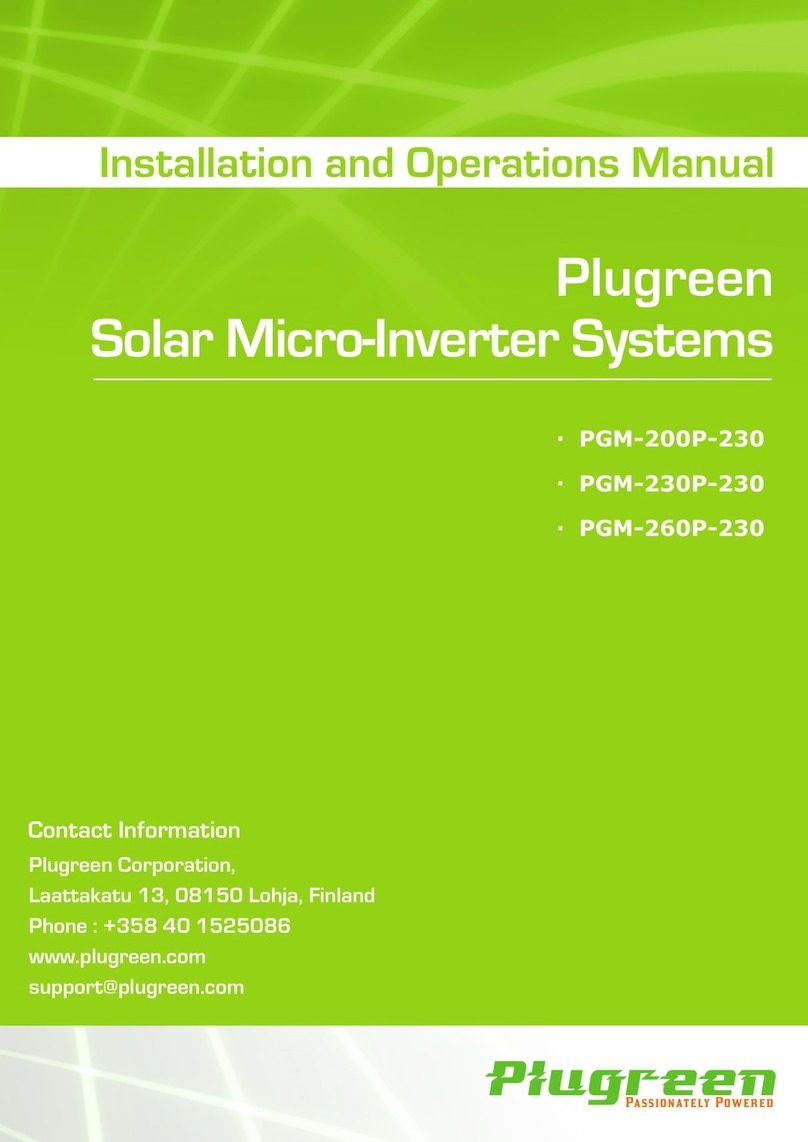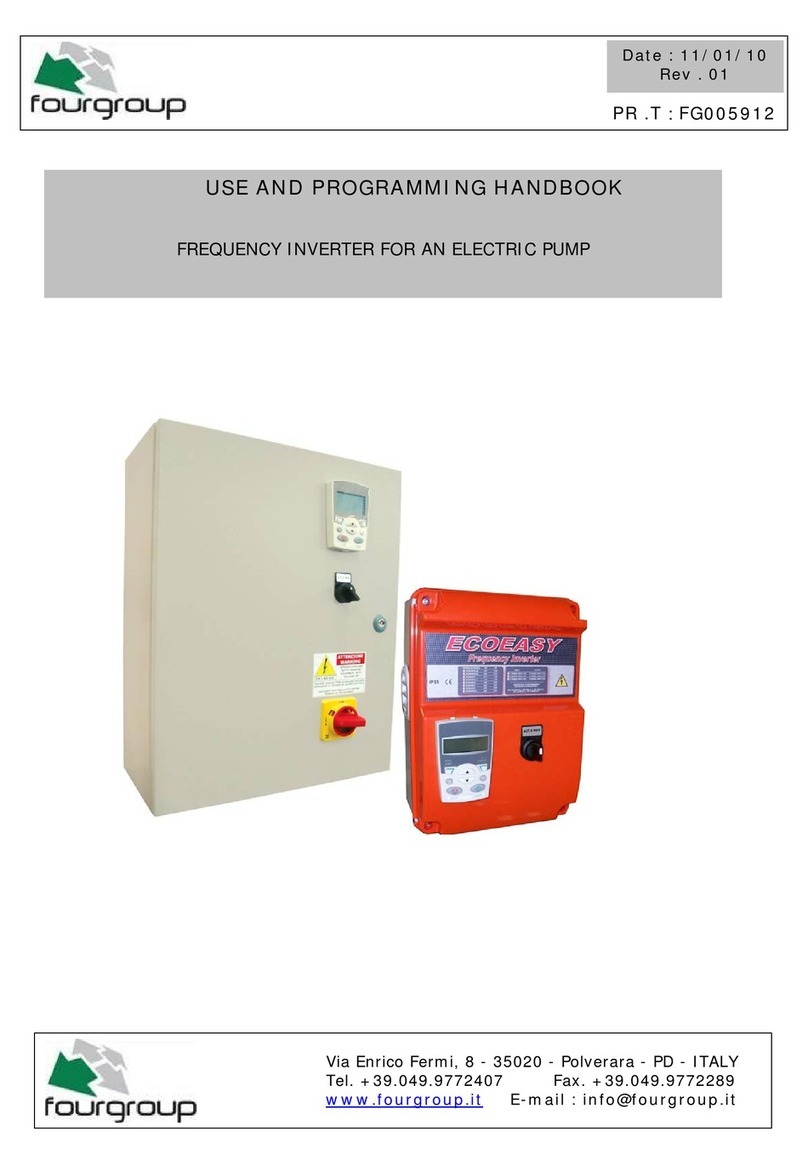
TABLE OF CONTENTS
WARRANTY......................................................................................................................2
TECHNICAL SUPPORT...................................................................................................2
TABLE OF CONTENTS....................................................................................................3
INTRODUCTION...............................................................................................................5
HIGH-VOLTAGE PRECAUTIONS....................................................................................6
SPECIFICATIONS............................................................................................................7
REGULATORY NOTES....................................................................................................8
FCC PART 18..........................................................................................................................8
EC DECLARATION OF CONFORMITY..................................................................................8
DIRECTIVE 2002/95/EC (RoHS).............................................................................................9
DIRECTIVE 2002/96/EC (WEEE)............................................................................................9
AC POWER S PPLY REG LATORY NOTES.....................................................................10
INSTALLATION..............................................................................................................11
VIS AL CHECK....................................................................................................................11
POWER RATINGS................................................................................................................11
CONNECTION TO THE POWER S PPLY...........................................................................11
PROTECTION FROM ELECTRIC SHOCK...........................................................................12
ENVIRONMENTAL CONDITIONS.........................................................................................13
LABVIEW DRIVERS..............................................................................................................13
FUSES.............................................................................................................................14
AC F SE REPLACEMENT...................................................................................................14
DC F SE REPLACEMENT...................................................................................................15
F SE RATINGS.................................................................................................................... 15
FRONT PANEL CONTROLS..........................................................................................16
REAR PANEL CONTROLS............................................................................................18
GENERAL INFOR ATION............................................................................................20
BASIC P LSE CONTROL....................................................................................................20
TRIGGER MODES................................................................................................................22
P LSE WIDTH MODES........................................................................................................22
GATING MODES...................................................................................................................22
AMPLIT DE CONTROL........................................................................................................23
LOAD IMPEDANCE...............................................................................................................23
PREVENTING O TP T STAGE FAIL RE...........................................................................23
3
